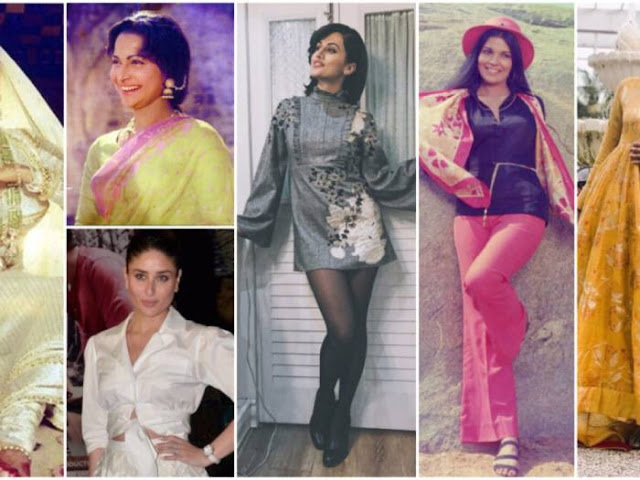- Get link
- X
- Other Apps
- Get link
- X
- Other Apps
The 20th century witnessed an unprecedented transformation in the world of fashion, marked by shifts in style, cultural influences, and the rise of the fashion industry as a global economic force. From the Roaring Twenties to the digital age, this article explores the dynamic evolution of the fashion business throughout the 20th century, highlighting key trends, iconic moments, and the emergence of a multifaceted industry that shapes not only what we wear but also how we perceive and express ourselves.
1. The Roaring Twenties and Flapper Fashion
The 20th century kicked off with the Roaring Twenties, a
period defined by exuberance and cultural dynamism. In the world of fashion,
the emergence of the "flapper" aesthetic symbolized a rebellion against
traditional norms. Shorter hemlines, loose silhouettes, and the iconic bob
haircut became emblematic of the era. The fashion business responded to this
cultural shift by embracing mass production and marketing strategies, laying
the groundwork for a consumer-driven industry.
2. The Golden Age of Hollywood and Glamorous Fashion
The influence of cinema during the mid-20th century, often
referred to as the Golden Age of Hollywood, played a pivotal role in shaping
fashion. Hollywood stars like Audrey Hepburn, Marilyn Monroe, and Grace Kelly
became style icons, influencing fashion trends worldwide. The fashion business
capitalized on this influence by collaborating with celebrities, introducing
ready-to-wear lines, and creating the concept of "star style." The
glamour of Hollywood not only defined fashion in the mid-century but also
marked the beginning of the celebrity-driven fashion industry.
3. Youthquake and the Swinging Sixties
The 1960s ushered in a cultural revolution, and fashion
mirrored the changing times. The youth-driven "Swinging Sixties"
brought forth bold colors, mod styles, and a rejection of conservative fashion
norms. Designers like Mary Quant and icons like Twiggy epitomized the
youthquake movement. The fashion business responded with the democratization of
fashion through the rise of boutique culture, mini-skirts, and the
popularization of ready-to-wear fashion. This era marked a shift towards
individual expression and the growing influence of street fashion.
4. Punk, Power Suits, and Rebellion in the 1980s
The 1980s were characterized by a dichotomy of styles,
reflecting both rebellion and opulence. Punk fashion, with its DIY ethos and
anti-establishment attitude, emerged as a counter-cultural movement.
Simultaneously, the business world witnessed the rise of power suits, shoulder
pads, and luxury brands. The 1980s showcased the coexistence of diverse fashion
narratives, with designers like Vivienne Westwood challenging norms and iconic
brands like Chanel symbolizing conspicuous consumption. This period emphasized
the intersection of fashion, culture, and commerce.
5. Globalization, Fast Fashion, and the Digital Age
The latter part of the 20th century witnessed the
globalization of fashion. The advent of fast fashion, fueled by brands like
Zara and H&M, revolutionized the industry with rapid production cycles and
affordable trends. The digital age further transformed the fashion business,
with e-commerce platforms making fashion accessible to a global audience.
Social media platforms became influential in shaping trends and promoting
inclusivity. Sustainability and ethical practices also gained prominence,
reflecting a growing awareness of the environmental impact of the fashion
industry.
Conclusion
The 20th century encapsulated a remarkable journey in the evolution of the fashion business, from the rebellious spirit of the Roaring Twenties to the globalized, digitally-driven industry of today. Each era left an indelible mark on the fashion landscape, influencing not only the garments we wear but also the way fashion is produced, consumed, and perceived. As we step into the 21st century, the dynamic interplay of culture, commerce, and creativity continues to shape the ever-evolving world of fashion.
- Get link
- X
- Other Apps
